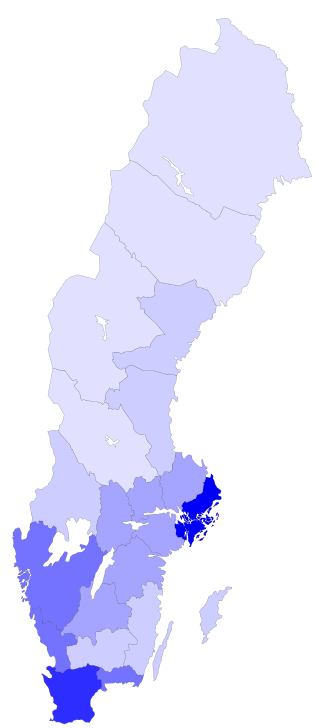

Geography
History
Nature
Climate
Culture
Geography
Terrain
Much of Sweden is heavily forested with 69% of the country being forest and woodland, while farmland forms only 8% of land use. Sweden includes 39,960 km2 of water area, constituting around 95,700 lakes. The lakes are sometimes used for water power plants.
Population
Sweden has a population of 10 million as of January 2017. The mountainous north is seriously less populated than the southern and central regions, partly because the summer period lasts longer in the south, and this is where the more successful agricultural industries were originally established. Another historical reason is said to be the desired proximity to key trade routes and partners in continental Europe, e.g. Germany. As a result, all seven urban areas in Sweden with a population of 100,000 or more, are located in the southern half of the country.
Environment
Acid rain has become an issue because it is damaging soils and lakes and polluting the North Sea and the Baltic Sea. The HBV hydrology transport model has been used to analyze nutrient discharge to the Baltic from tributary watersheds.
